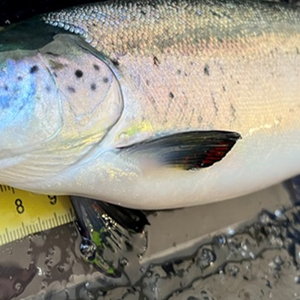Four years ago, Nofima scientists discovered that fatty cetoleic acid, which can be found extensively in fatty species of fish such as sand eels and herring from the North-Atlantic, serves as an omega-3 catalyst. Cetoleic acid actually stimulates the conversion of alpha-linoleic acid (ALA) that plant oils are rich in, to the long and healthy omega-3 fatty acids EPA and DHA.
Scientists have mixed a North-Atlantic fish oil containing high amounts of cetoleic acid with a vegetable oil (camelina oil) rich in ALA. A combination of the two oils was tested in feed for rat, which serves as a model system for human nutrition. “Our hypothesis is that when camelina oil and fish oil are mixed, the cetoleic acid from the fish oil has lots of ALA to work with in order to form EPA and DHA in the body,” said Astrid Nilsson, senior scientist at Nofima.
Up to 50% of camelina oil was mixed with a North-Atlantic fish oil and results showed that there was an equally high final content of the essential and healthy fatty acid DHA in the blood as there was after the ingestion of pure fish oil with high DHA content. “This means that when you take the best of both worlds, you can use half as much of the EPA- and DHA-rich fish oil and still end up with a jackpot of DHA levels in the body,” said Nilsson.
Scientists want to test such combinations of oils on salmon. Mixing plant oil and fish oil in fish feed is nothing new. A Nofima report from 2019 shows that from 2000 to 2016, feed producers went from not using plant oil in feed to having around 20% in feed. However, little is known about whether salmon benefit from an interaction between ALA and cetoleic acid in today’s commercial feed in cages in the sea.
Nofima’s senior scientist, Tone-Kari Østbye, has studied the mechanisms behind cetoleic acid in feeding experiments involving salmon, as well as in salmon liver cells and human cells. The results showed that cetoleic acid increased the cells’ capacity to synthesize EPA and DHA from the ALA precursor. These results have great commercial value for the fish oil industry. “The knowledge gained through the projects will also be of great benefit to the aquaculture industry, in terms of optimal utilization of marine and vegetable oils, and to better manage omega-3 levels in farmed fish,” said R&D manager, Ola Flesland, from the fish oil manufacturer TripleNine.
Read the salmon study here.













